Top 10 Sales Force Automation Apps for the Retail and CPG Industry
Advertisement
The retail and CPG (consumer packaged goods) industry moves fast. Brands have to manage a mix of field reps, distribution partners, store data, and sales targets—often all at once. This is where sales force automation tools come in. These apps simplify day-to-day operations, help sales teams work smarter, and offer real-time visibility into what’s happening on the ground. If you're in the retail or CPG space and wondering which tools actually make a difference, here's a breakdown of some of the best ones being used today.
What Are the Best Sales Force Automation Apps for the CPG and Retail Industry?
Repsly
Repsly is designed specifically for field teams. It helps brands track what reps are doing, where they are, and how stores are performing. The mobile app makes it easy for reps to clock in, log store visits, take photos of displays, and report issues right away. Managers get a bird’s-eye view of the team’s performance and can quickly spot where attention is needed.
SalesRabbit
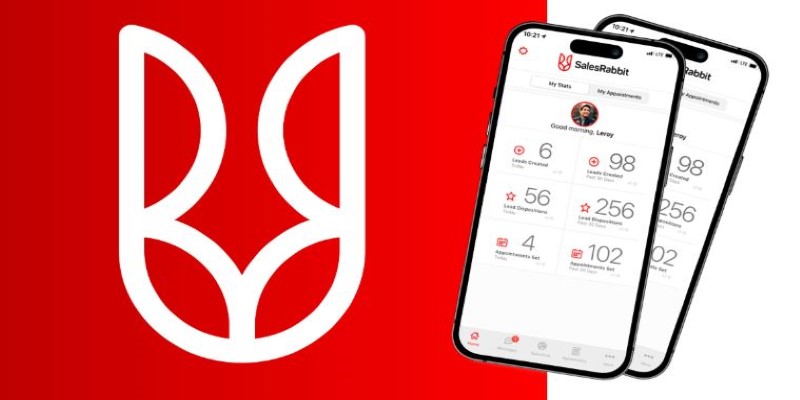
SalesRabbit is built around improving field sales efficiency. It offers lead tracking, rep assignments, and territory mapping. One of its standout features is its digital presentation tool that allows reps to show marketing materials straight from the app. This makes it easier to stay on brand while pitching to retailers or store managers.
VisitBasis
VisitBasis focuses on retail execution. It allows teams to schedule visits, perform in-store audits, manage promotions, and collect data during visits. It’s great for brands that need control over how their products appear in-store and want consistent data collection. It also lets users build custom forms to capture whatever info they need from the field.
Skynamo
Skynamo is a field sales app with strong CRM features. It helps reps manage customer interactions, pricing lists, and order taking—all offline if needed. It’s especially helpful for companies operating in areas with spotty internet access. The dashboard makes it easier for managers to coach reps based on performance metrics that are updated daily.
Pepperi
Pepperi targets larger CPG companies and wholesalers. It supports order management, catalog browsing, and trade promotions—all in one platform. The drag-and-drop catalog interface is simple to use, and it syncs across devices. It’s especially helpful for reps who need to manage large product assortments on the go. Custom workflows and offline access make it reliable in areas with spotty internet.
Map My Customers
Map My Customers helps sales reps plan their days with precision. The app maps out clients and leads so reps can organize visits by geography and minimize wasted time. It also includes route optimization and check-in features. The focus here is on maximizing face time with clients while spending less time behind the wheel. Automated reporting and visit history help managers track field activity without micromanaging.
Badger Maps
Badger Maps is another geo-based tool. It's great for outside sales teams that spend most of their day on the road. Reps can plan routes, update records after meetings, and even log activity with voice-to-text. What sets it apart is its mapping intelligence, which helps salespeople target high-value accounts efficiently.
FieldCircle
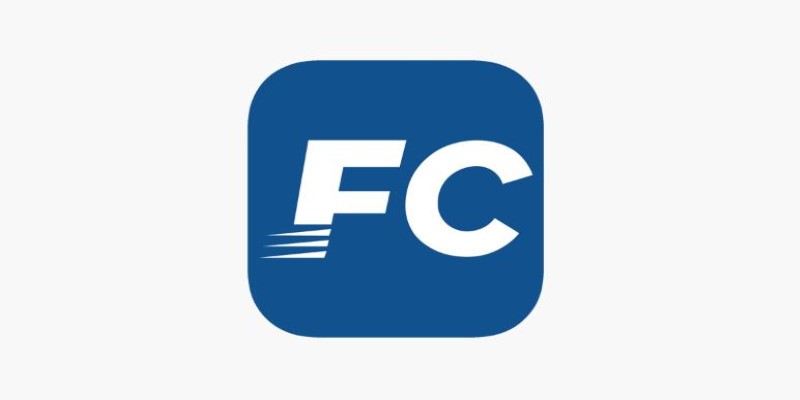
FieldCircle is a field service and sales app that supports end-to-end workflows. It’s useful for managing customer interactions, product demos, and field surveys. Reps can collect signatures, scan barcodes, and take orders all in one app. It works well for CPG companies that also need to provide some level of service or support during visits.
Incentivate
Incentivate focuses on managing incentives, commissions, and performance tracking. It's not your classic sales tool, but it helps teams stay motivated by making it clear how much they’ve earned. You can set up campaigns, reward structures, and real-time dashboards to keep reps on target.
How to Use a Sales Force Automation App?
Among all the tools mentioned, Repsly often stands out for retail and CPG brands that need visibility into field activity and want data to back decisions. So, we will explore its how-to guide. Let’s say your sales team visits multiple stores every week, and you want to make sure displays are set up correctly, promotions are in place, and pricing is consistent. Here's how you'd get started with Repsly, beyond just installing the app and reading its feature list.
Start by customizing the forms and checklists your field team will use during store visits. You can build different templates for different retailers or campaign types. For example, create one checklist for a new product rollout and another for routine store audits. Once these forms are live, reps will see exactly what they need to do as soon as they arrive at a location. No ambiguity, no confusion.
Next, make use of the photo logging feature. Set rules around what needs to be photographed—endcap displays, shelf stock, competitor placements—and decide how that content gets reviewed. Managers can view photos as they’re uploaded, make notes, and provide instant feedback. Over time, this creates a library of visual compliance data that can be used in team meetings or shared with retail partners to show the brand’s execution quality.
Wrapping Up
Sales force automation is no longer just a “nice to have” in retail and CPG—it’s a must. The right app doesn’t just track rep activity; it helps your team work smarter and ensures your product is presented the way it should be. Whether your focus is route planning, retail audits, or order taking, there's a tool built for that. If your priority is visibility and execution in-store, Repsly is one of the best places to start.
Advertisement
Related Articles
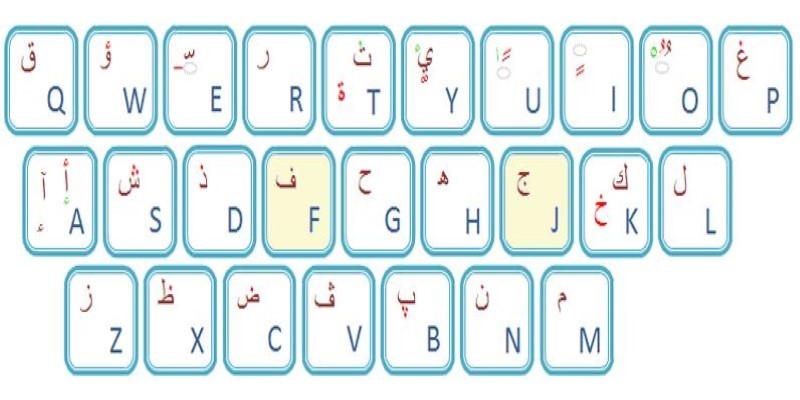
Top Arabic Keyboard Layouts for Typing on Windows
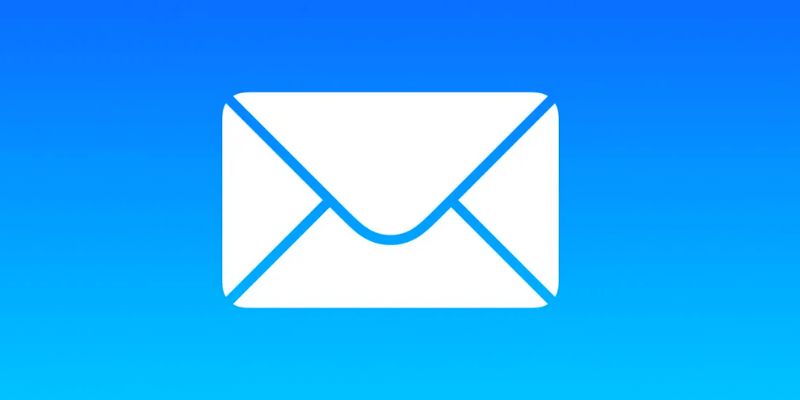
The 6 Best Email Apps for Android in 2025: Stay Connected Anywhere
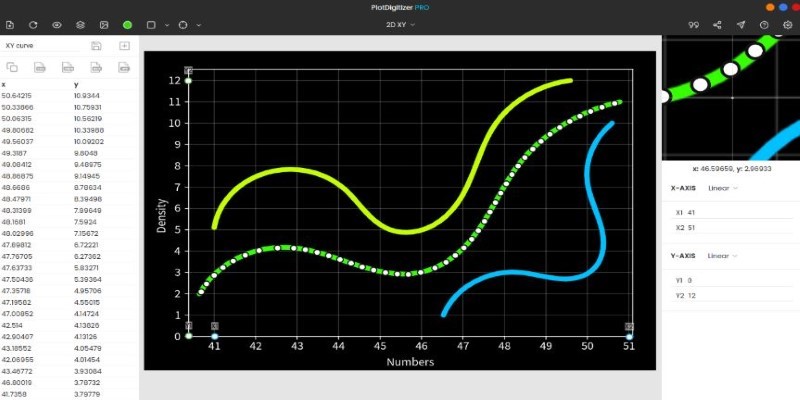
Top Tools to Pull Accurate Data from Any Graph Image
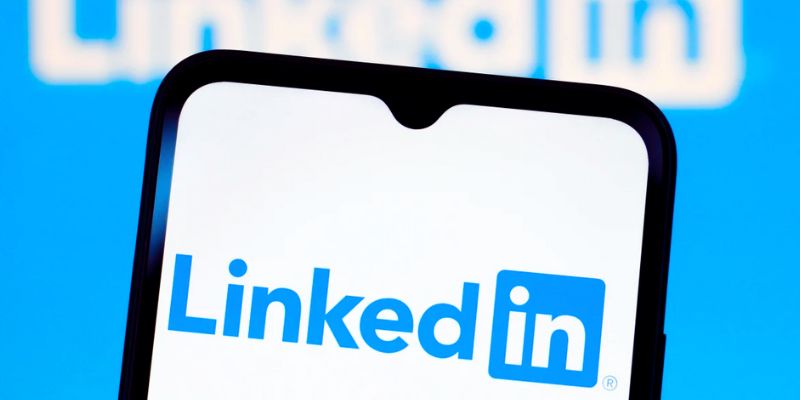
How to Build a LinkedIn Marketing Strategy from Scratch: A Step-by-Step Guide
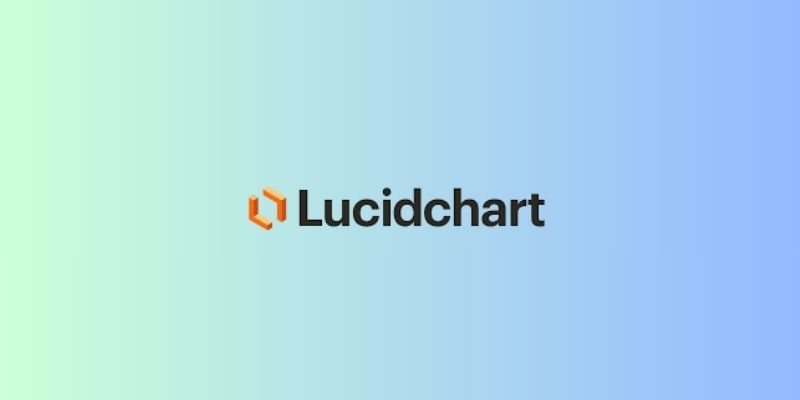
The 7 Best Org Chart Software Options in 2025: Streamline Your Workflow
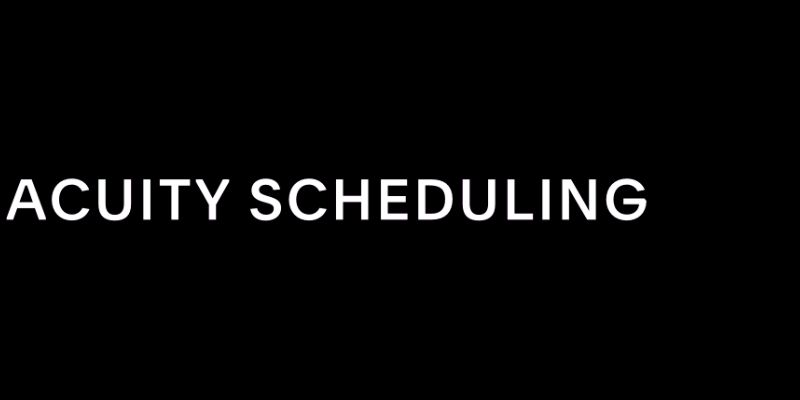
Maximize Efficiency: 7 Ways to Integrate Acuity Scheduling with Your Other Apps
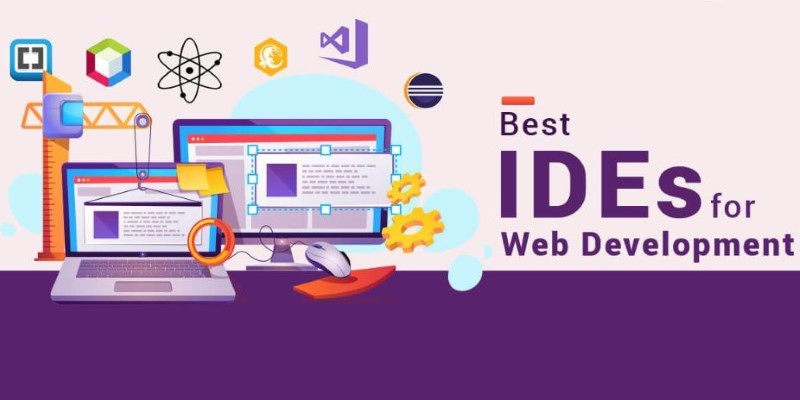
Best Browser-Based IDEs for Web Developers
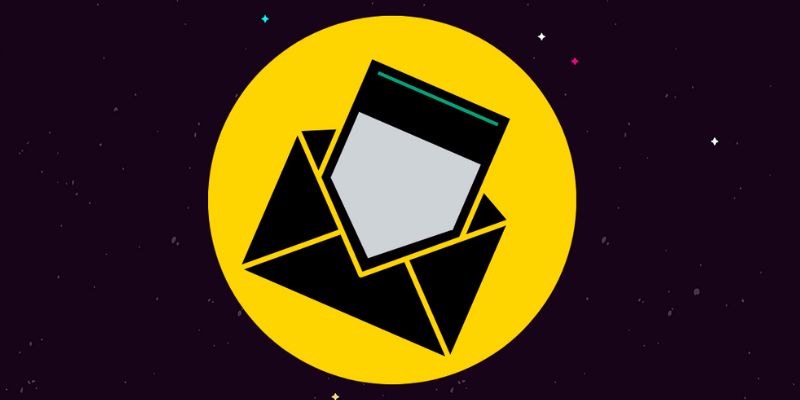
The Best Email Newsletter Platforms and Software in 2025: A Comprehensive Guide
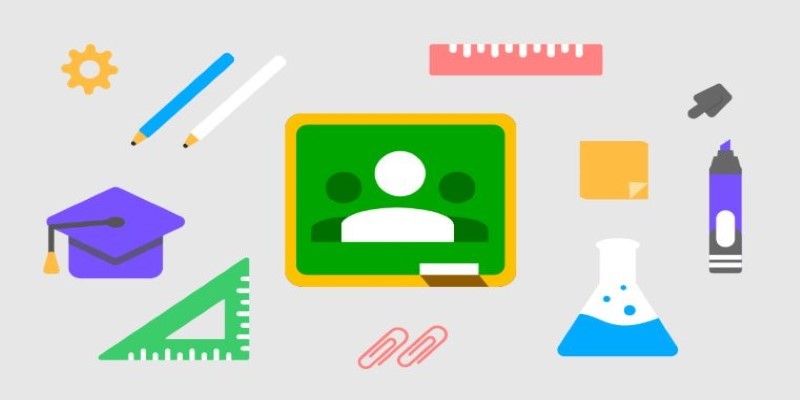
Simplify Teaching: 8 Education Tools That Actually Help
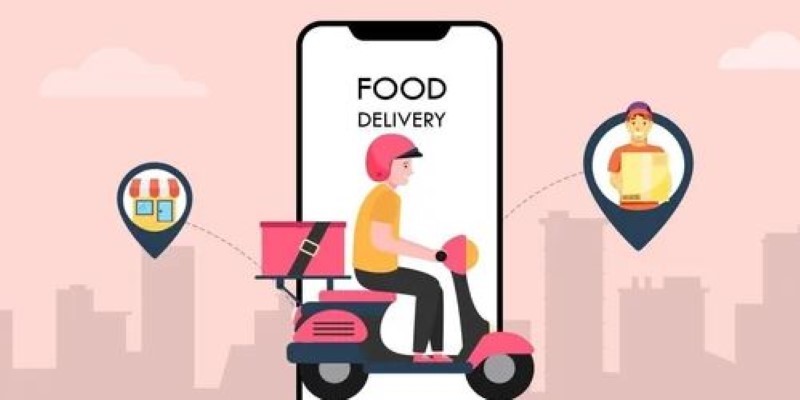
Best Food Delivery Software for Restaurants in 2025
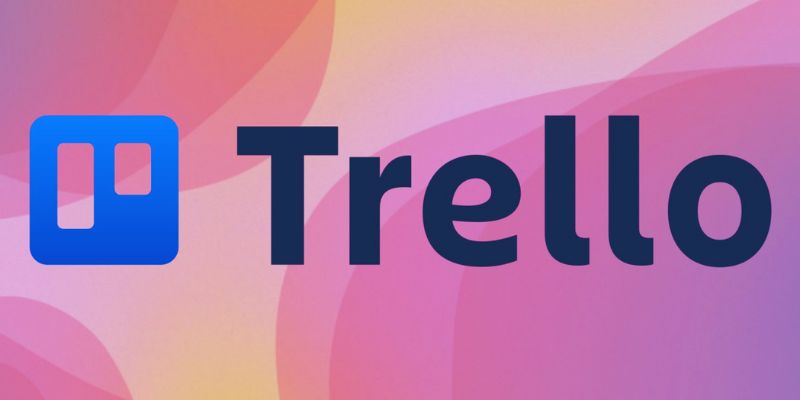
Master Trello: How to Create Recurring Tasks for Seamless Organization

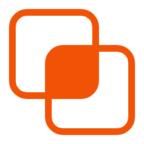 knacksnews
knacksnews